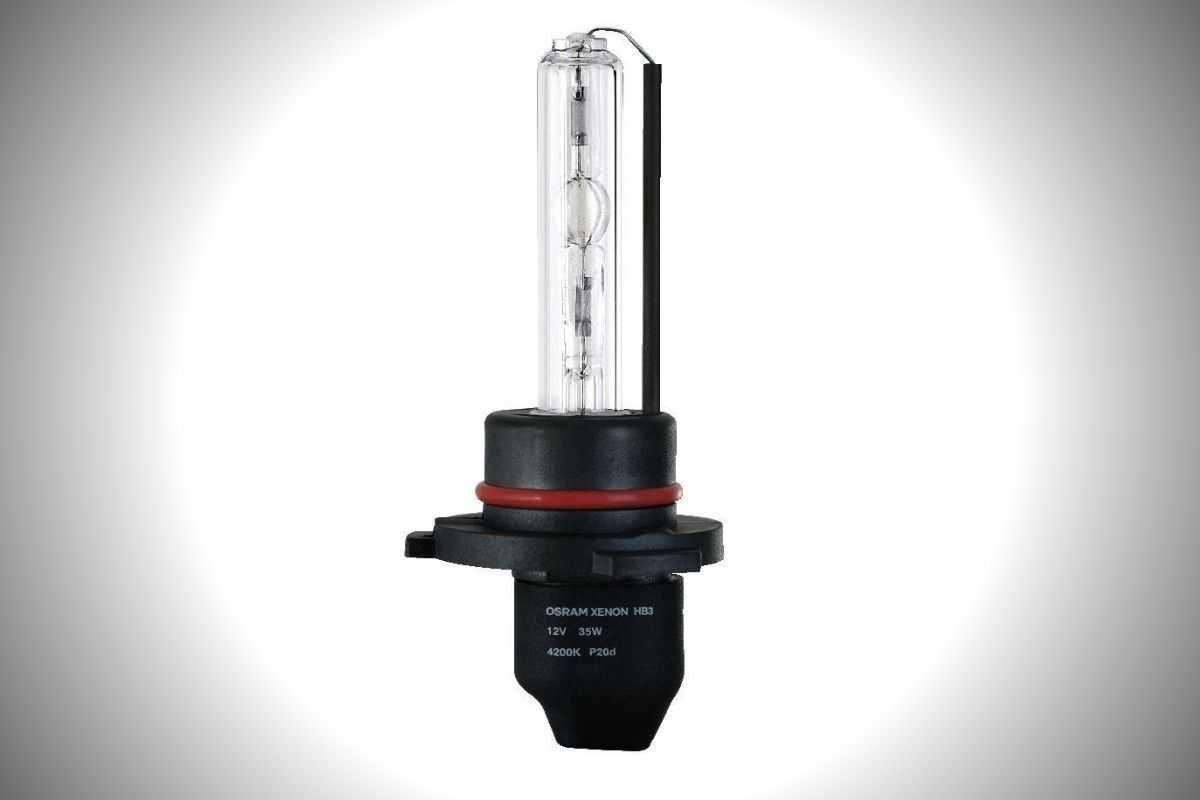

Articles
What Is A HID Light Bulb
Modified: February 25, 2024
Discover the benefits of using HID light bulbs in our informative articles. Learn about the different types and how they can enhance your lighting experience.
(Many of the links in this article redirect to a specific reviewed product. Your purchase of these products through affiliate links helps to generate commission for Storables.com, at no extra cost. Learn more)
Introduction
HID, or High-Intensity Discharge, is a type of light bulb that has gained popularity in recent years for its high brightness and energy efficiency. These bulbs are commonly used in various applications, from street lighting to automotive headlights. If you have ever wondered what exactly an HID light bulb is and how it works, this article is here to provide you with all the information you need.
HID light bulbs are known for their ability to produce a bright and intense light. They are ideal for situations where a wide and powerful illumination is required, such as outdoor areas or large indoor spaces. In this article, we will explore the different aspects of HID light bulbs, including their definition, how they work, their advantages and disadvantages, common applications, types, maintenance, and comparisons with other lighting technologies.
Whether you are looking to upgrade your current lighting system or simply curious about HID light bulbs, this comprehensive guide aims to shed light on all the essential aspects. Let’s dive in and discover the world of HID light bulbs.
Key Takeaways:
- HID light bulbs offer powerful illumination through gas ionization, making them ideal for street lighting, sports arenas, and industrial spaces. Their high brightness, energy efficiency, and versatility make them a popular lighting choice.
- While HID light bulbs provide intense illumination, they have drawbacks such as warm-up time and potential for glare. Understanding their workings, maintenance, and comparisons with other lighting technologies is crucial for informed decision-making.
Read more: What Is An HID Lamp
Definition of HID Light Bulb
A High-Intensity Discharge (HID) light bulb is a type of electric lamp that produces light via an electric arc between two electrodes in a gas-filled bulb. HID light bulbs are also commonly known as gas discharge lamps because they rely on the process of ionizing gases to create light.
The basic components of an HID light bulb include a gas-filled arc tube, electrodes, and a transparent outer envelope. The arc tube is made of a high-temperature resistant material and contains a mixture of gases, such as mercury and metal halides. The electrodes, usually made of tungsten, are positioned at each end of the arc tube. The outer envelope serves as a protective layer and may have a phosphor coating to enhance the light quality.
When an HID light bulb is turned on, an electric current passes through the electrodes, creating a high-voltage arc. This arc ionizes the gas mixture inside the arc tube, causing it to emit intense light. The specific combination of gases and metal halides within the bulb determines the color temperature and spectrum of the emitted light.
HID light bulbs are known for their high efficacy, which refers to the amount of visible light produced per unit of electrical power consumed. This makes them a popular choice in various applications where a bright and efficient lighting solution is required.
In the next section, we will explore how HID light bulbs work and delve into the mechanism behind their impressive performance.
How HID Light Bulbs Work
HID light bulbs operate through a process called high-intensity discharge, which involves the generation of light through the excitation of gas molecules inside the arc tube. The key steps in the operation of an HID light bulb are as follows:
- Ignition: When the HID light bulb is turned on, an electric current is supplied to the electrodes at each end of the arc tube. This triggers a high-voltage pulse to jump the gap between the electrodes, initiating the ignition of the gas mixture inside the tube.
- Gas Ionization: As the high-voltage arc is established, the electrical current causes the gas molecules within the arc tube to become ionized. This process involves the removal or addition of electrons from the gas atoms, resulting in the formation of positively and negatively charged particles.
- Plasma Formation: The ionization of the gas molecules creates a plasma, which is a highly ionized gas consisting of ions, electrons, and neutral atoms. This plasma state allows for the efficient flow of electrical current and the emission of light.
- Light Emission: The excitation of the gas molecules in the plasma state leads to the release of photons, which are packets of light energy. This light emission is the result of the collisions between the ions, electrons, and neutral atoms within the plasma, causing the electrons to transition between energy levels.
- Color Temperature and Spectrum: The specific gases and metal halides used in the HID bulb, along with the phosphor coating on the outer envelope if present, determine the color temperature and spectrum of the emitted light. Different combinations result in varying shades of white light, ranging from warm yellowish hues to cool bluish tones.
- Stabilization: Once the HID light bulb is ignited, a ballast is commonly used to stabilize the electrical current and regulate the voltage within the bulb. This helps maintain a steady and consistent light output throughout the bulb’s lifespan.
Overall, HID light bulbs generate light by harnessing the power of ionized gases and the resulting plasma state. This unique mechanism allows for efficient and powerful illumination, making HID light bulbs an excellent choice for various applications where high levels of brightness are required.
Advantages of HID Light Bulbs
HID light bulbs offer several notable advantages that have contributed to their widespread adoption in various lighting applications. Here are some of the key advantages of using HID light bulbs:
- High Brightness: HID light bulbs are known for their exceptional brightness. They provide a powerful, intense light output that surpasses that of traditional incandescent or fluorescent bulbs. This makes them ideal for applications where a wide and bright illumination is required, such as outdoor lighting, sports arenas, and large indoor spaces.
- Energy Efficiency: HID light bulbs are highly efficient in converting electrical energy into visible light. They produce a significant amount of lumens per watt compared to other lighting technologies. This means that they provide more light output while consuming less energy, resulting in lower electricity bills and reduced environmental impact.
- Long Lifespan: HID light bulbs have a longer lifespan compared to many other types of bulbs. They can last for thousands of hours, making them a cost-effective lighting solution in the long run. This prolonged lifespan reduces the need for frequent bulb replacements, saving time and money on maintenance.
- Improved Color Rendering: HID light bulbs have a high color rendering index (CRI), which is a measure of how accurately a light source can reproduce the colors of objects compared to natural light. They provide a better color rendering ability compared to some other lighting technologies, making them suitable for applications in which color accuracy is important, such as art galleries and museums.
- Wide Range of Color Temperatures: HID light bulbs are available in a variety of color temperatures, ranging from warm white to cool white or even bluish hues. This allows for flexibility in achieving the desired ambiance or lighting effect in different settings, whether it is for outdoor lighting, automotive headlights, or indoor commercial spaces.
- Durable Construction: HID light bulbs are designed to withstand harsh conditions and vibrations. They are constructed with robust materials that can withstand thermal shock, making them suitable for outdoor and industrial environments where durability is crucial.
Overall, HID light bulbs offer a combination of high brightness, energy efficiency, long lifespan, and versatility in lighting options. These advantages have made HID light bulbs a popular choice in a wide range of applications, from street lighting and stadiums to automotive headlights and industrial spaces.
Disadvantages of HID Light Bulbs
While HID light bulbs offer numerous advantages, they also have some disadvantages that should be considered before implementing them in certain lighting applications. Here are some of the main disadvantages of HID light bulbs:
- High Initial Cost: HID light bulbs tend to have a higher upfront cost compared to traditional incandescent or fluorescent bulbs. The initial investment can be higher due to the need for additional components such as ballasts and specific fixtures designed for HID bulbs. However, it is important to note that the long lifespan and energy efficiency of HID bulbs can offset this initial cost over time.
- Warm-Up Time: HID light bulbs typically have a longer warm-up time compared to other lighting technologies. When initially turned on, they may take a few minutes to reach their full brightness. This warm-up period can be a drawback in situations where instant illumination is required, such as in security lighting or emergency situations.
- Difficulty in Dimming: Traditional HID light bulbs have limited dimming capabilities. They do not dim smoothly like incandescent bulbs but rather dim to a certain preset level. However, advancements in technology have led to the development of dimmable HID bulbs that offer better dimming options, although they may still not provide the same level of dimming range as other lighting technologies.
- UV Emissions: HID light bulbs emit a significant amount of ultraviolet (UV) radiation, which can be harmful to human health and can cause fading or damage to certain materials over time. To mitigate this, proper shielding and UV-filtering measures must be implemented, especially in applications where direct exposure to the light source is possible.
- Potential for Glare: Due to their high brightness, HID light bulbs have the potential to create glare, especially if not properly shielded or directed. This can be problematic in certain settings, such as roadways, where glare can affect visibility and pose a safety hazard. Proper design and installation techniques can help minimize glare and maximize the effectiveness of HID lighting.
- Environmental Concerns: HID light bulbs contain small amounts of mercury, which is a hazardous substance. While the mercury content is relatively low compared to older lighting technologies like fluorescent bulbs, proper disposal and recycling methods must be followed to prevent environmental contamination.
It is important to evaluate these disadvantages in the context of specific lighting needs and requirements. In certain applications where high brightness, efficiency, and long lifespan outweigh the drawbacks, HID light bulbs can still be a suitable and beneficial choice.
When purchasing HID light bulbs, make sure to check the color temperature (measured in Kelvin) to ensure it matches the desired lighting effect. Lower Kelvin ratings produce warmer, yellow light, while higher Kelvin ratings produce cooler, bluer light.
Read more: What Is A Light Bulb
Common Applications of HID Light Bulbs
HID light bulbs are widely used in various applications where high-intensity and efficient lighting solutions are required. Here are some of the common applications of HID light bulbs:
- Street Lighting: HID light bulbs are commonly used for street lighting due to their ability to provide bright and wide illumination. They can effectively light up large areas, ensuring visibility and safety for drivers and pedestrians.
- Sports Arenas and Stadiums: HID light bulbs are ideal for illuminating sports arenas and stadiums. They can provide high levels of brightness required for televised sports events and provide clear visibility for both players and spectators.
- Industrial Lighting: HID light bulbs are well-suited for industrial applications where large areas need to be well-lit, such as warehouses, manufacturing facilities, and outdoor industrial spaces. They can withstand harsh conditions and vibrations, making them durable options for demanding environments.
- Parking Lots and Outdoor Areas: HID light bulbs are commonly used in parking lots, outdoor areas, and public spaces to provide sufficient lighting for safety and security. Their ability to cover wide areas with high-intensity light makes them a practical choice for these applications.
- Roadway and Tunnel Lighting: Due to their brightness and ability to deliver uniform illumination, HID light bulbs are suitable for roadway and tunnel lighting. They enhance visibility and help drivers navigate safely in challenging driving conditions.
- Automotive Headlights: HID light bulbs are popular in the automotive industry as they provide bright and long-range illumination. HID headlights offer a more focused and intense light beam compared to traditional halogen bulbs, enhancing nighttime visibility for drivers.
- Greenhouse Lighting: HID light bulbs, particularly high-pressure sodium (HPS) bulbs, are commonly used in greenhouse and plant cultivation. The intense light emitted by HID bulbs supports healthy plant growth and helps in maximizing crop yield.
- Aquarium Lighting: HID light bulbs, such as metal halide bulbs, are used in aquariums to simulate natural sunlight and provide the necessary light spectrum for coral and plant growth. They are often preferred for their ability to produce a high-intensity light suitable for deeper tanks.
- Airports and Seaports: HID light bulbs are utilized in airports and seaports to create a well-lit environment for safe navigation and operations. They provide bright illumination for runways, docks, terminals, and other essential areas.
- Large Indoor Spaces: HID light bulbs are employed in large indoor spaces such as convention centers, auditoriums, and gymnasiums. They offer bright and uniform lighting to ensure optimal visibility and visibility for various events and activities.
These are just a few examples of the extensive range of applications where HID light bulbs are commonly used. Their versatility, high brightness, and energy efficiency make them a popular lighting choice across a broad spectrum of industries and settings.
Types of HID Light Bulbs
HID light bulbs come in various types, each designed to meet specific lighting requirements and applications. Here are some of the common types of HID light bulbs:
- Metal Halide (MH) Bulbs: Metal halide bulbs are widely used for a range of applications due to their excellent color rendering and high efficiency. They provide a bright white light and are suitable for indoor and outdoor lighting, including stadiums, parking lots, and retail spaces.
- High-Pressure Sodium (HPS) Bulbs: HPS bulbs are known for their high luminous efficiency and long lifespan, making them a popular choice for outdoor applications such as street lighting and parking lot illumination. They emit a yellowish-orange light and have good energy efficiency.
- Mercury Vapor Bulbs: Mercury vapor bulbs were one of the earliest types of HID light bulbs. However, they have become less popular due to their low energy efficiency and poor color rendering. They emit a bluish light and are primarily used for industrial and outdoor applications.
- Ceramic Metal Halide (CMH) Bulbs: CMH bulbs are an improved version of metal halide lamps that utilize a ceramic arc tube, which allows for higher temperatures and increased efficiency. They provide excellent color rendering and are commonly used in commercial and retail settings.
- Low-Pressure Sodium (LPS) Bulbs: LPS bulbs emit a monochromatic yellow light and have the highest luminous efficacy of all HID light bulbs. They are primarily used in specific applications where color rendering is not crucial, such as roadway lighting and security lighting.
- LED Retrofit Lamps: LED retrofit lamps are not technically HID bulbs, but they are designed to replace existing HID bulbs by retrofitting into the same sockets or fixtures. These LED alternatives offer improved energy efficiency, longer lifespan, and better color quality compared to traditional HID bulbs.
Each type of HID light bulb has its own unique characteristics and advantages, allowing for a customized lighting solution depending on the specific requirements of the application. It is essential to consider factors such as color temperature, color rendering index, and energy efficiency when selecting the appropriate type of HID light bulb for a particular lighting project.
Maintenance and Lifespan of HID Light Bulbs
HID light bulbs are known for their long lifespan, making them a cost-effective lighting solution. However, proper maintenance is essential to ensure optimal performance and longevity. Here are some important points to consider regarding the maintenance and lifespan of HID light bulbs:
Lifespan: The lifespan of HID light bulbs can vary depending on factors such as the type of bulb, operating conditions, and quality of the bulb. On average, HID light bulbs have a lifespan ranging from 10,000 to 20,000 hours, although some high-quality bulbs can last up to 30,000 hours or more. It’s important to note that the lifespan refers to the point at which the bulb reaches 50% of its initial lumen output.
Proper Operating Conditions: To maximize the lifespan of HID light bulbs, it is crucial to operate them within the recommended voltage and temperature range specified by the manufacturer. Excessive voltage fluctuations or operating temperatures outside the specified range can significantly reduce the lifespan and overall performance of the bulb.
Cleaning and Maintenance: Regular cleaning and maintenance of HID light bulbs and fixtures is important to ensure optimal performance. Dust, dirt, and other contaminants can accumulate on the bulb’s surface or in the fixture, reducing light output and causing heat buildup. Cleaning should be done carefully and without damaging the bulb. Follow the manufacturer’s guidelines for cleaning and maintenance procedures.
Replacing Failing Bulbs: When an HID light bulb starts to flicker, have inconsistent performance, or exhibit a significant decrease in light output, it is an indication that the bulb is approaching the end of its lifespan. It is advisable to replace failing bulbs promptly to maintain the desired lighting quality and avoid sudden failures that can cause disruptions or safety issues.
Ballast Maintenance: HID light bulbs require an accompanying ballast to regulate the voltage and control the electrical current. Regular inspection and maintenance of the ballast is important to ensure its proper functioning. Faulty or damaged ballasts can impact the performance and lifespan of the HID light bulbs. If any issues are identified, it is recommended to consult a qualified technician for repair or replacement.
Environmental Considerations: HID light bulbs contain small amounts of mercury, which is a hazardous substance. Proper disposal of used HID bulbs is essential to prevent environmental contamination. It is encouraged to follow local regulations and guidelines for the safe disposal or recycling of spent HID bulbs.
By following these maintenance practices and taking necessary precautions, the lifespan of HID light bulbs can be maximized, providing long-lasting and efficient illumination. Regular inspection, cleaning, and timely replacement of failing bulbs will help maintain the desired lighting quality while optimizing energy efficiency and cost-effectiveness.
Comparisons Between HID Light Bulbs and Other Lighting Technologies
When it comes to lighting technologies, HID light bulbs have their own unique characteristics and advantages compared to other options. Here are some key comparisons between HID light bulbs and other popular lighting technologies:
- Incandescent Bulbs: Incandescent bulbs are the traditional and most widely used lighting option. However, they are highly inefficient, with the majority of energy consumed being emitted as heat rather than light. In contrast, HID light bulbs are significantly more energy-efficient, providing brighter illumination while consuming less power.
- Fluorescent Bulbs: Fluorescent bulbs are known for their energy efficiency and longevity. They are commonly used in commercial and residential settings. While fluorescent bulbs offer good energy efficiency, HID light bulbs generally provide higher brightness and better color rendering capabilities, especially in applications where a strong and intense light output is desired.
- LED Bulbs: LED technology has revolutionized the lighting industry with its energy efficiency and long lifespan. LED bulbs offer comparable or even greater energy efficiency than HID bulbs, making them a popular choice for many applications. LED bulbs also have the advantage of being instant-on, whereas HID bulbs often require a warm-up time to reach full brightness. However, HID bulbs still have the advantage of higher brightness and intense illumination, making them suitable for applications that require powerful and wide-ranging lighting.
- Halogen Bulbs: Halogen bulbs are a type of incandescent bulb that uses a halogen gas mixture to increase efficiency and lifespan. While halogen bulbs are more efficient than traditional incandescent bulbs, they still fall short in terms of energy efficiency compared to HID bulbs. HID bulbs produce significantly more light per watt compared to halogen bulbs, making them a better choice for applications that require high-intensity illumination.
- CFL Bulbs: Compact Fluorescent Lamp (CFL) bulbs offer higher energy efficiency compared to incandescent bulbs but are not as efficient as HID bulbs. They provide a softer light compared to the intense brightness of HID bulbs. CFL bulbs also have limitations in terms of dimming capabilities and lifespan compared to both HID and LED bulbs.
It’s important to consider the specific requirements of the lighting application when choosing between HID light bulbs and other lighting technologies. HID bulbs excel in situations that demand high-intensity illumination and wide coverage, such as outdoor lighting, stadiums, and large indoor spaces. However, LED bulbs have made significant advancements in recent years and are worth considering for their comparable energy efficiency and longevity, especially in applications where precise control, instant-on capability, and flexibility in color temperature are important factors.
Ultimately, the choice between HID light bulbs and other lighting technologies depends on the specific needs, budget constraints, and desired lighting effects for the given application. Consulting with a lighting professional can help determine the most suitable lighting solution for a particular project.
Read more: What Is A Flood Light Bulb?
Conclusion
HID light bulbs, or High-Intensity Discharge light bulbs, offer a powerful and efficient lighting solution for various applications. With their high brightness, energy efficiency, and long lifespan, they have become a popular choice in industries ranging from street lighting to automotive headlights.
In this article, we have explored the definition and workings of HID light bulbs. We have learned how they operate through the ionization of gases inside an arc tube, creating a plasma and emitting intense light. We have also discussed the advantages of HID light bulbs, including their high brightness, energy efficiency, and durability.
However, HID light bulbs are not without their drawbacks. We have discussed factors such as higher initial cost, warm-up time, difficulty in dimming, UV emissions, and potential for glare that should be taken into consideration before implementing HID bulbs in specific lighting applications.
We have also highlighted the common applications of HID light bulbs, such as street lighting, sports arenas, industrial spaces, parking lots, and automotive headlights. Their versatility and ability to provide powerful illumination make them suitable for a wide range of settings.
Additionally, we have explored different types of HID light bulbs, including metal halide, high-pressure sodium, mercury vapor, ceramic metal halide, and low-pressure sodium, each with its unique characteristics and applications.
Understanding the maintenance and lifespan of HID light bulbs is crucial for ensuring optimal performance. Regular cleaning, proper operating conditions, timely replacement of failing bulbs, and maintenance of ballasts contribute to maximizing the lifespan of these bulbs and maintaining their efficiency.
Lastly, we have compared HID light bulbs with other lighting technologies such as incandescent bulbs, fluorescent bulbs, LED bulbs, halogen bulbs, and CFL bulbs. While each technology has its own advantages and disadvantages, HID light bulbs stand out for their high intensity, especially in applications that require wide-ranging and powerful lighting.
In conclusion, HID light bulbs offer a reliable and efficient lighting solution for a wide range of applications. Their high brightness, energy efficiency, and versatility make them a popular choice across industries. By understanding their workings, advantages, disadvantages, applications, maintenance, and comparisons with other lighting technologies, you can make an informed decision when choosing the right lighting solution for your specific needs.
Frequently Asked Questions about What Is A HID Light Bulb
Was this page helpful?
At Storables.com, we guarantee accurate and reliable information. Our content, validated by Expert Board Contributors, is crafted following stringent Editorial Policies. We're committed to providing you with well-researched, expert-backed insights for all your informational needs.
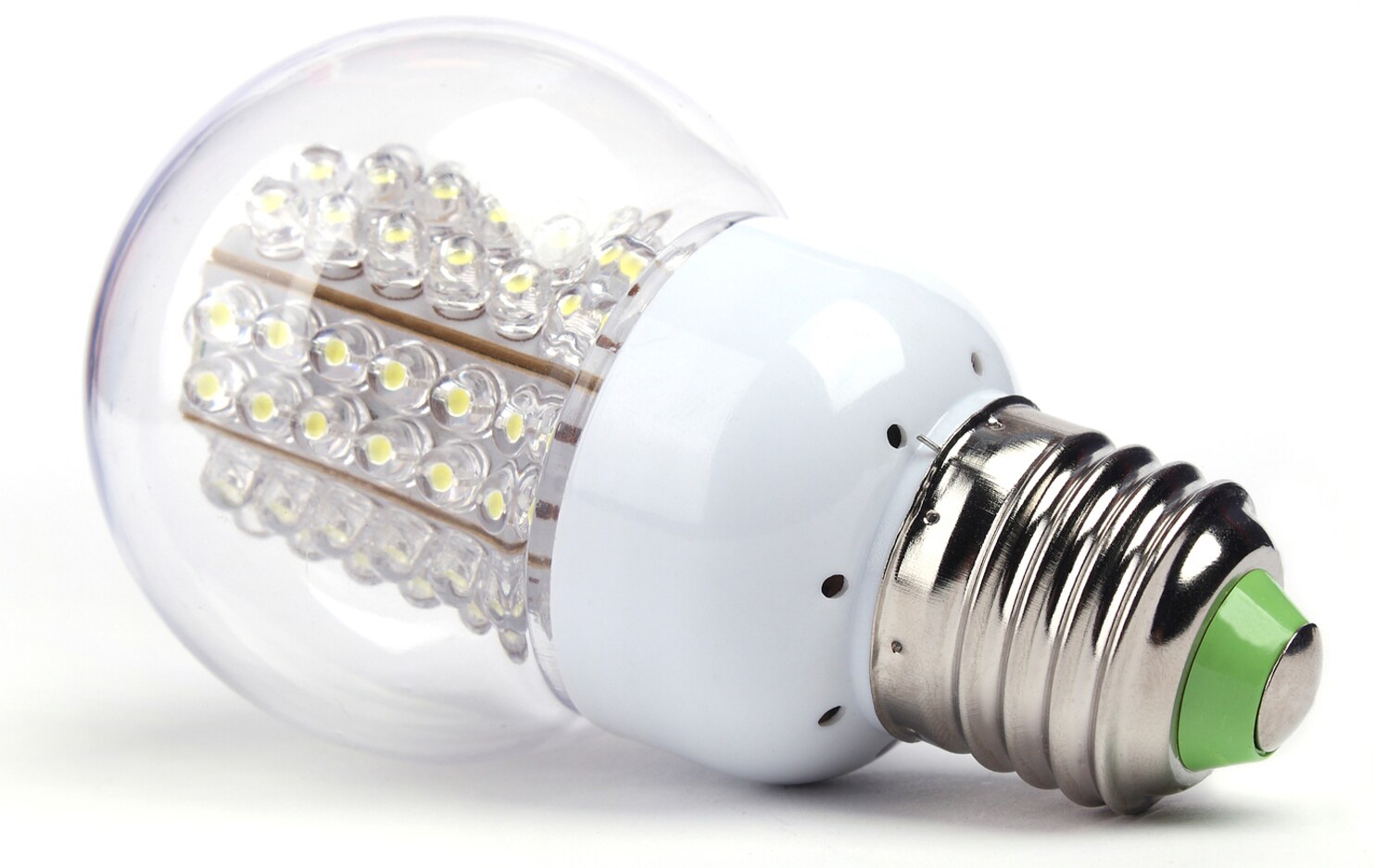
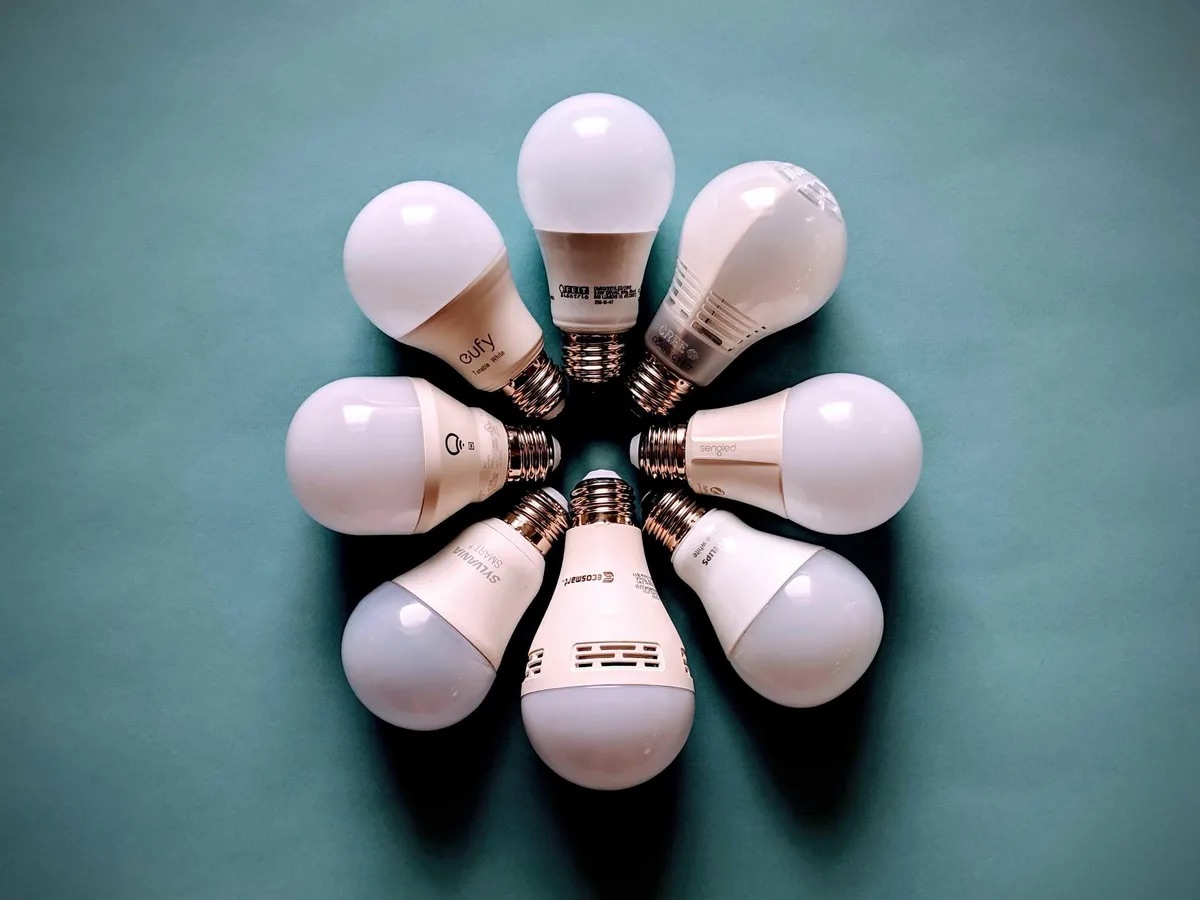
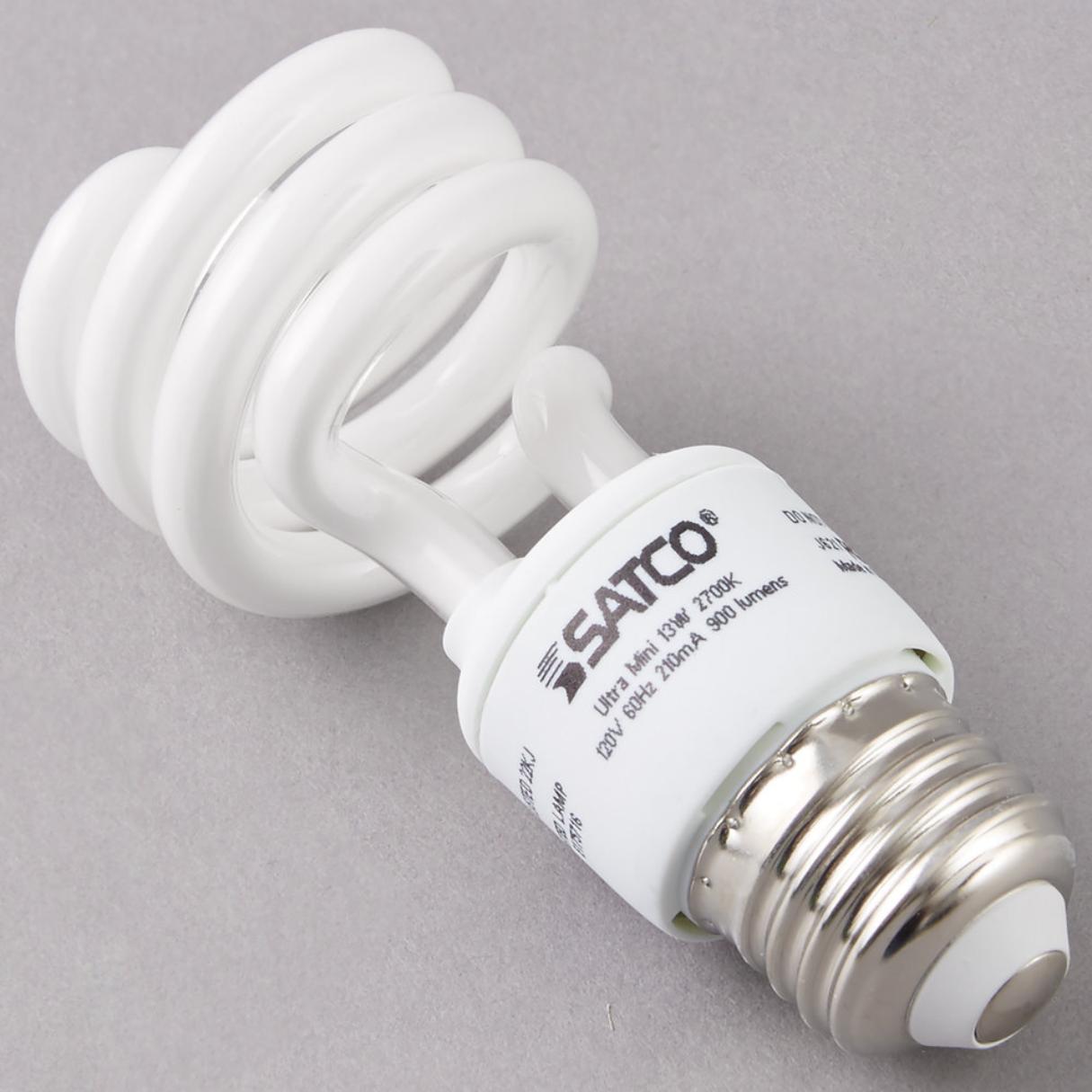
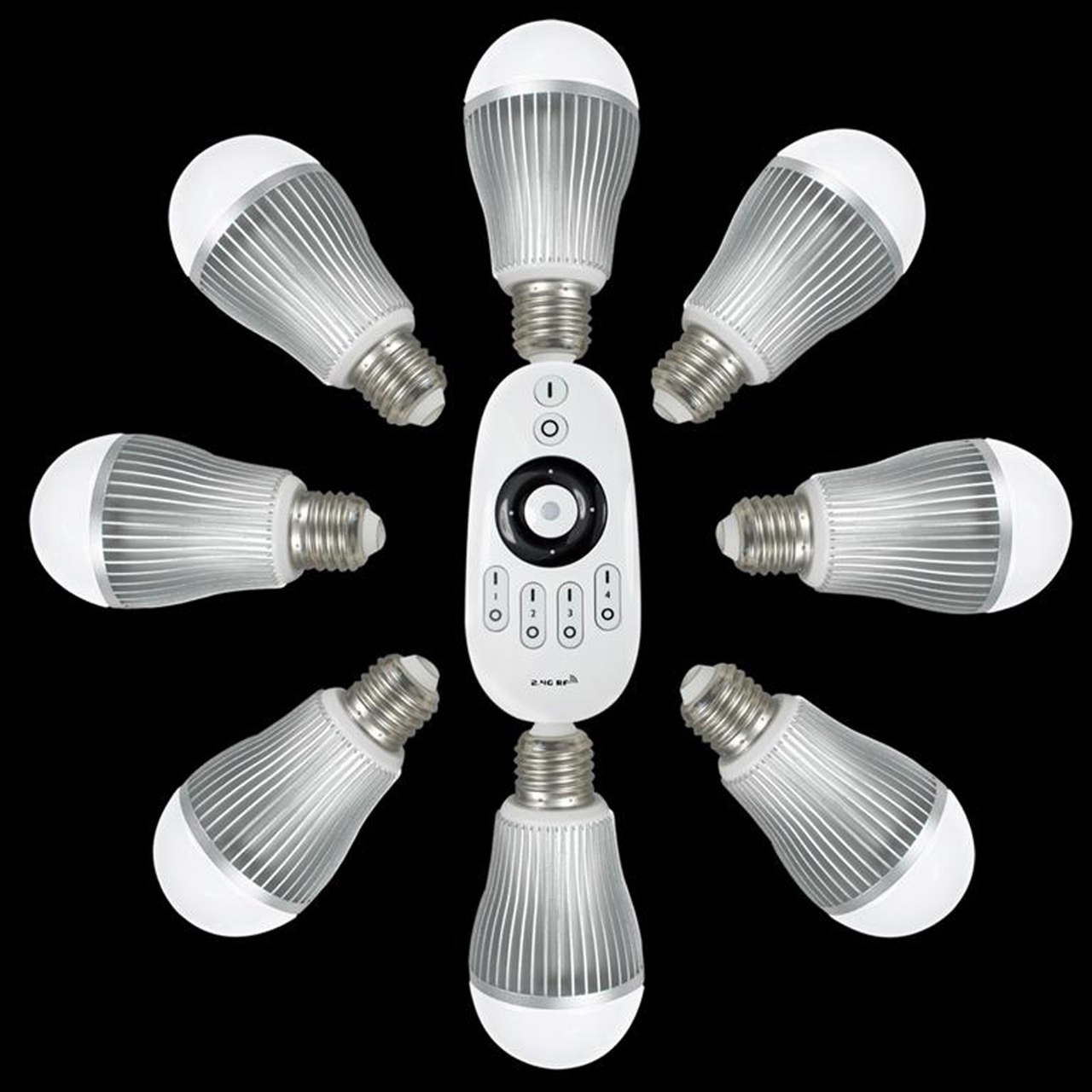
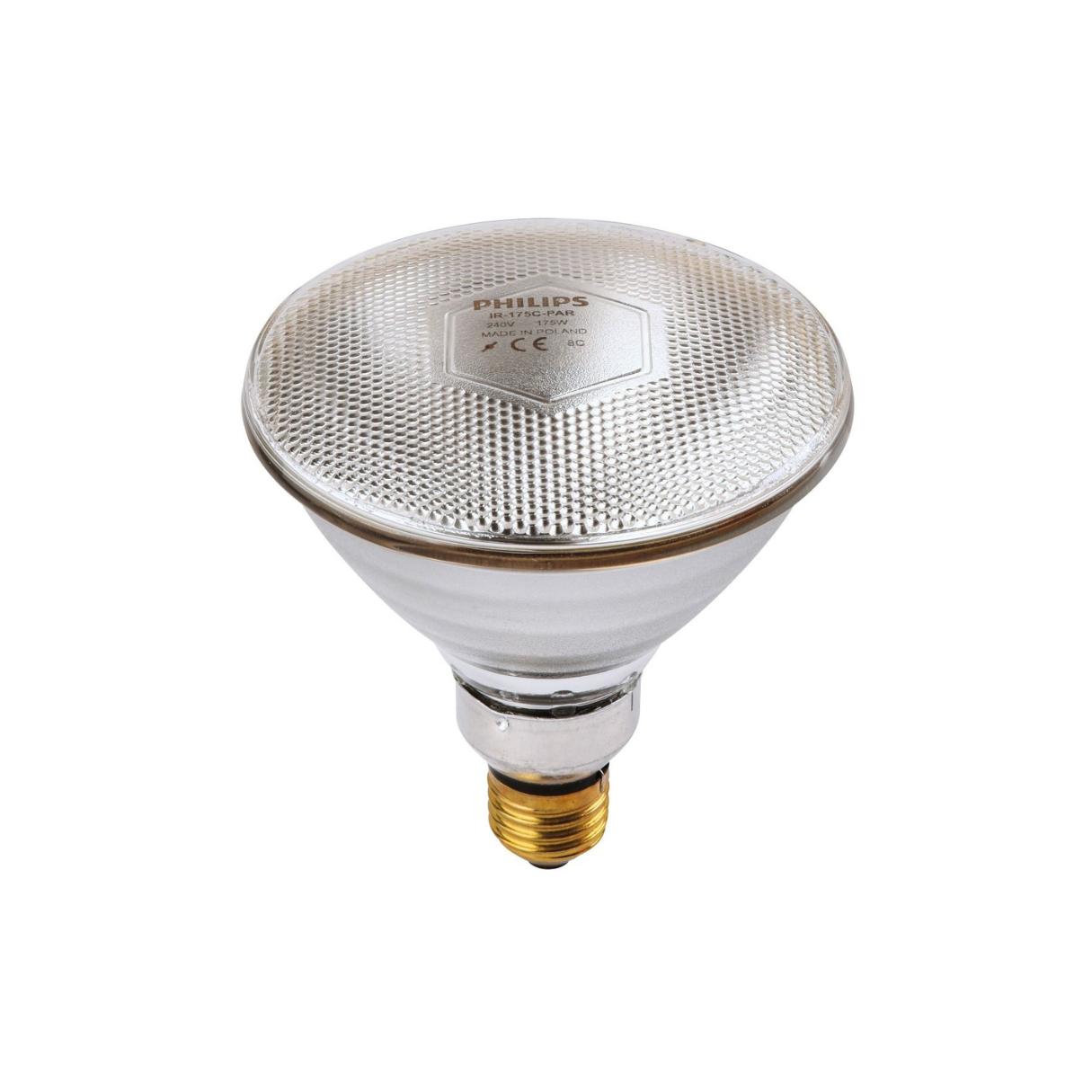


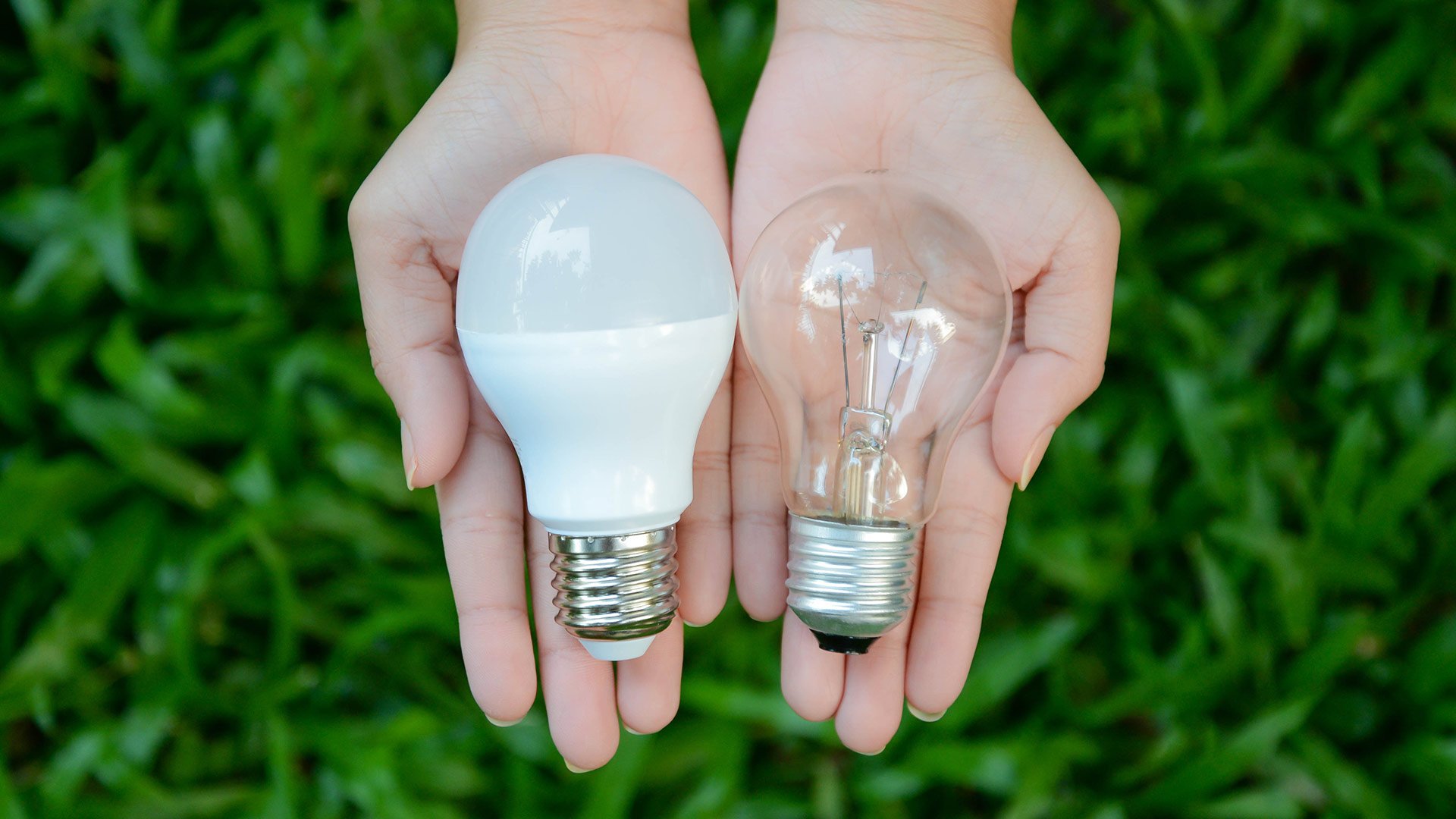
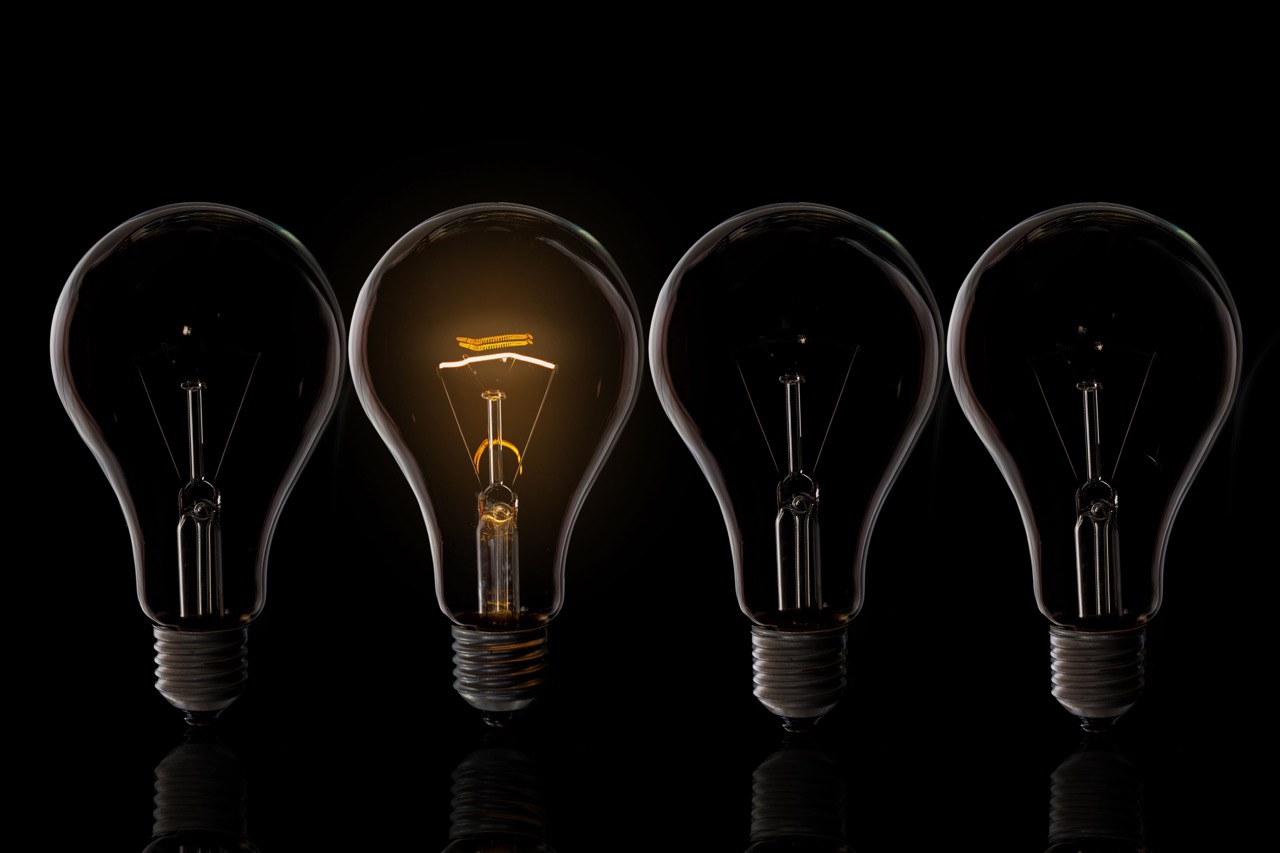
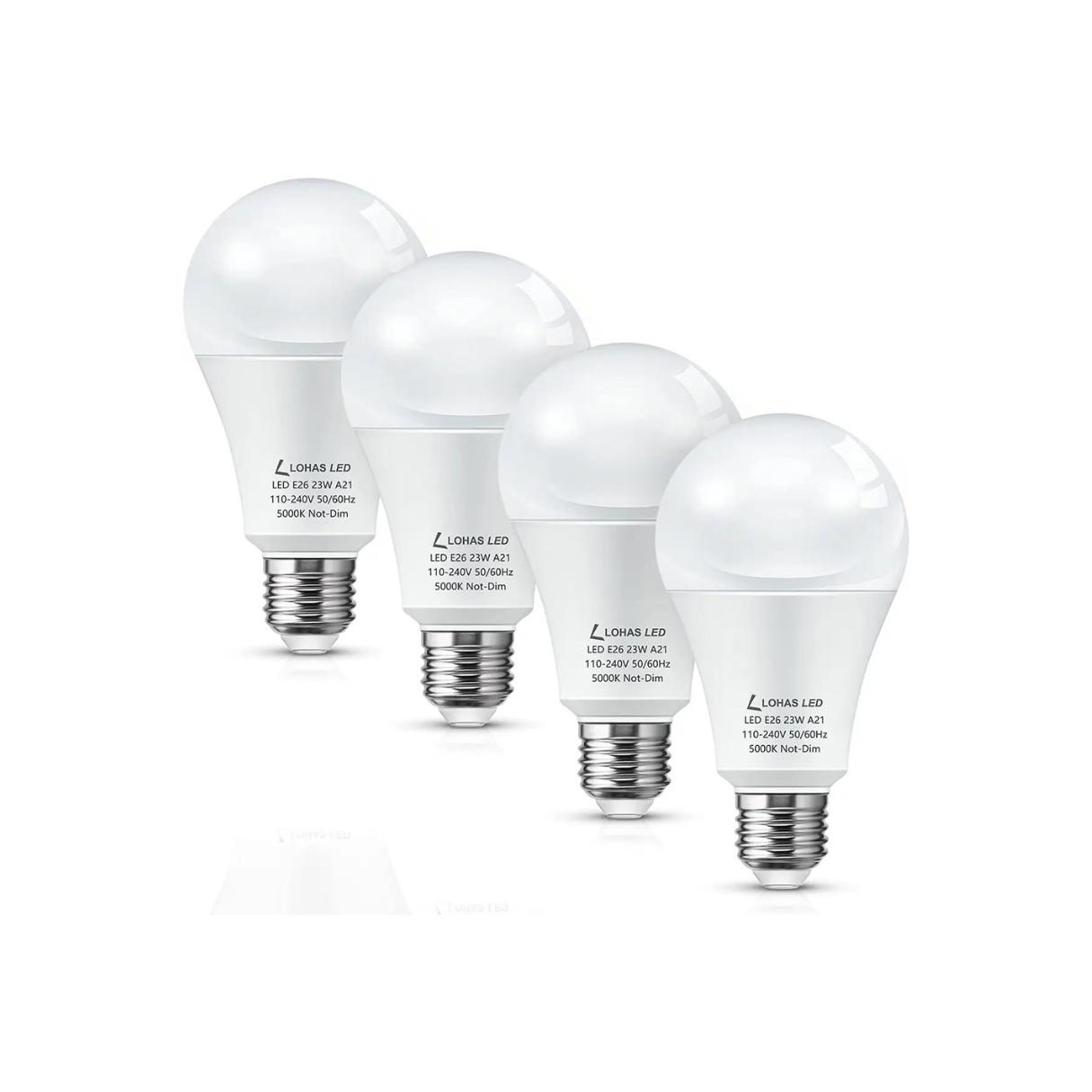
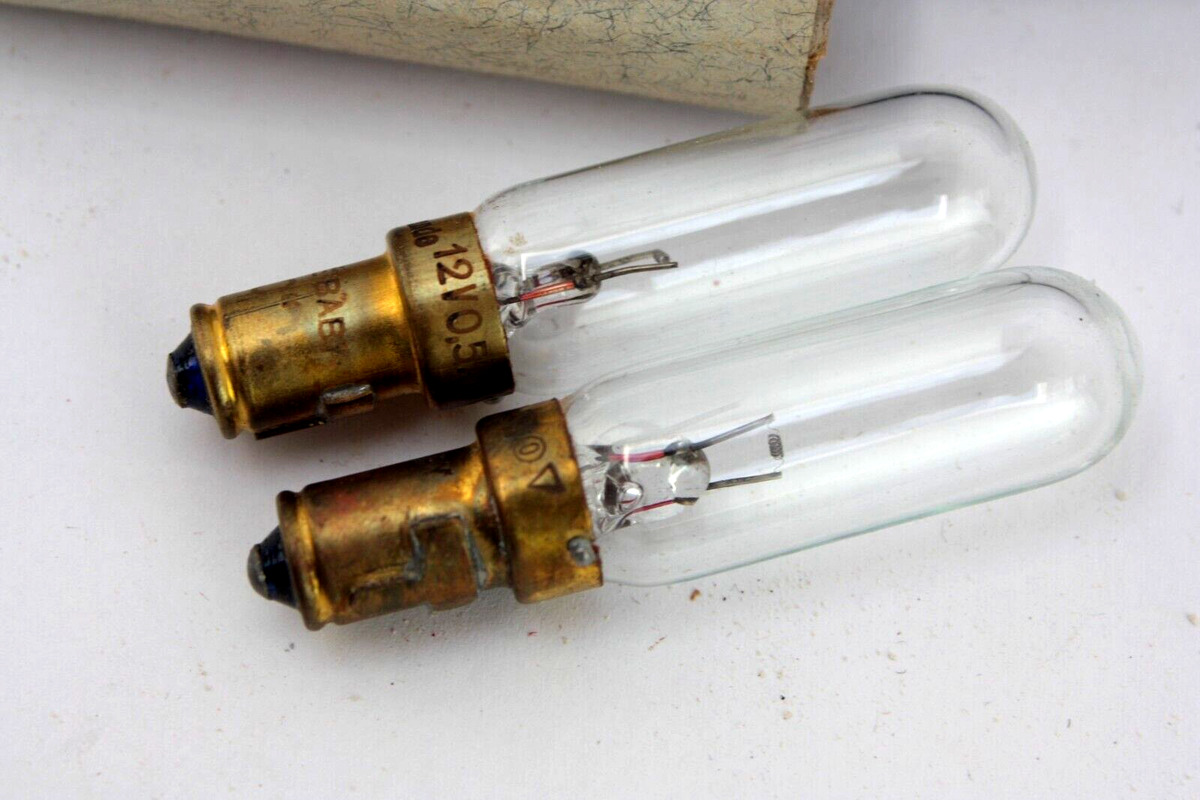
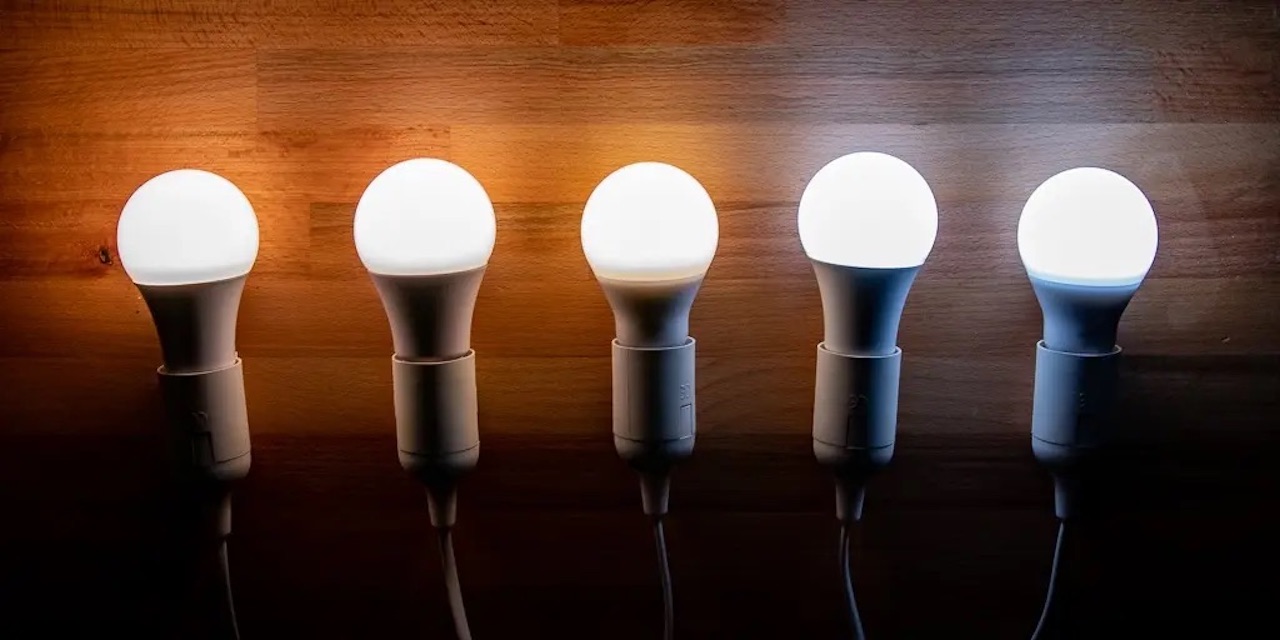
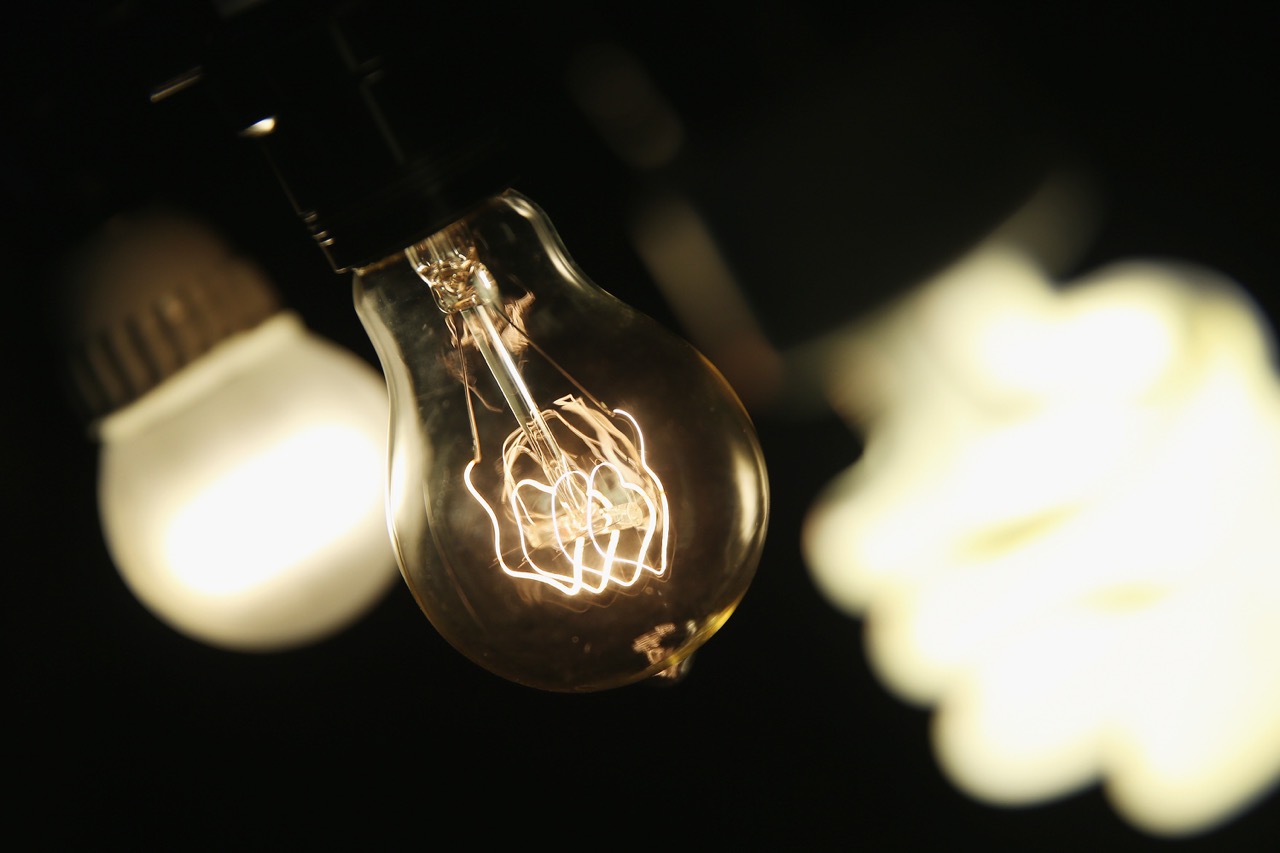

0 thoughts on “What Is A HID Light Bulb”